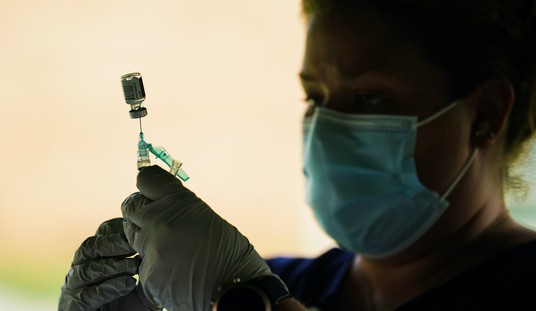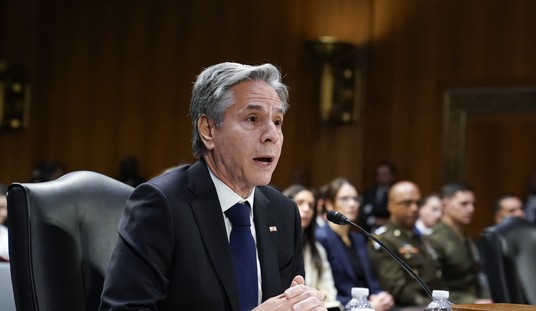First, a little bit of background: in 2007, Democrats and President Bush signed what was meant to be a temporary cut in Stafford loan interest rates. Like so many government programs, what was once temporary now threatens to become permanent - and the government has increasingly taken over more and more of the student loan market in the process.
While the Obama administration (and, therefore, media outlets) are estimating individual savings per borrower of $1000 a year, independent outlets are pegging the savings at much, much lower levels. As Dan Doherty and I write in the newest issue of Townhall Magazine:
President Obama’s own 2013 budget pegs the average Stafford loan at $3400 over a 10 year repayment period. This translates, roughly, into $524 over the life of a loan, or only about half of what the administration is peddling.The advocacy group U.S. PIRG, for example, estimates failing to extend the lower rate would cost the average borrower $2,800 in additional fees over a 10-year repayment period. Frederick Hess, Director of Education Policy Studies at the American Enterprise Institute, estimated the difference to be "about $25 per month." Former Congressional Budget Office (CBO) director Douglas Holtz-Eakin went further than that, arguing in National Review Online that the difference would only amount to $7 per month.
Recommended
If the Republicans had any sense, they'd hold fast and allow the interest rates to rise. This is billions of dollars per year for a program that subsidizes college graduates, and one that has only a tenuous connection at best to sending more people to college in the first place.
As Justin Wolfers writes, "this is the worst macro policy Ive ever heard of... much of it would go into the bank." College graduates, as a class of people, are doing a lot better than those without college degrees. Their unemployment rate is lower (though at the highest ever) and they're making a lot more money. This is nothing but an election-year pander by both Republicans and Democrats to those influential college graduates who think that politicians want to "do something" to alleviate their pain.
Check out this month's issue of Townhall Magazine for our full piece on the student loans debacle.























Join the conversation as a VIP Member